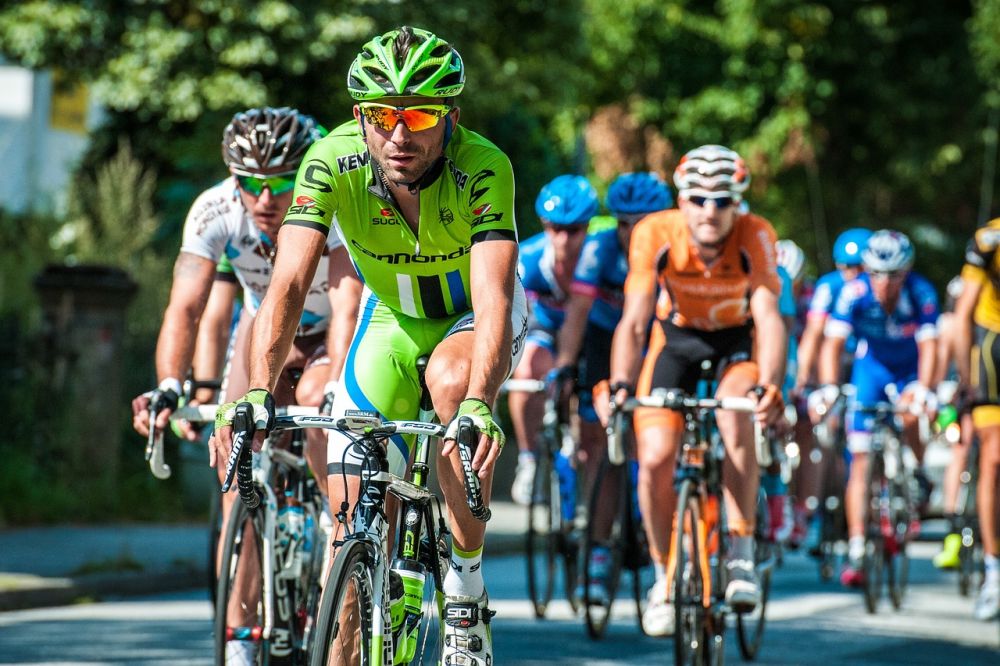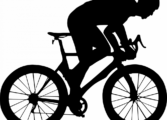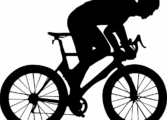Tour de France: The Ultimate Cycling Spectacle

Introduction:
The Tour de France is an iconic and thrilling cycling event that captures the hearts of sports and leisure enthusiasts worldwide. This grand tour spans over three weeks, captivating millions of spectators both on-site and through television broadcasts. In this article, we will delve into the essence of the Tour de France, its historical evolution, and everything you need to know about this exhilarating race.
Understanding the Tour de France:

The Tour de France, often referred to as “Le Tour,” is the crown jewel of professional road cycling. It takes place annually in July, traversing through the picturesque landscapes of France and occasionally venturing into neighboring countries. This race carries a rich heritage and showcases the finest athletes in the sport.
The race covers a staggering distance of around 3,500 kilometers, spread across 21 stages. It encompasses flat stages for sprint specialists, punishing mountain stages that push the climbers to their limits, and individual and team time trials to test the riders’ versatility. Each day, the cyclists battle fatigue, extreme weather conditions, and fierce competition, making the Tour de France a true test of endurance, skill, and strategy.
Historical Evolution of the Tour de France:
The Tour de France was first organized in 1903 by the newspaper L’Auto as a means to boost circulation. Its founder, Henri Desgrange, envisioned a race that would captivate the nation and showcase the beauty of French landscapes. The inaugural edition featured just 60 cyclists, who embarked on a six-stage journey covering a distance of 2,428 kilometers.
Since its humble beginnings, the Tour de France has evolved into a global sporting spectacle with a rich history. It has witnessed several significant milestones and enduring moments that have shaped its legacy. Here is a chronological overview of some key highlights:
– The Early Years (1903-1919):
– The race witnessed pauses during the two World Wars but resumed shortly after.
– The yellow jersey, worn by the race leader, was introduced in 1919, becoming one of the most iconic symbols in sports.
– The Golden Era (1950s and 1960s):
– Legendary cyclists such as Fausto Coppi and Jacques Anquetil dominated the race, riding their way into the hearts of fans.
– Television coverage began in the 1950s, allowing viewers across the globe to witness the intensity and drama first-hand.
– The Modern Era (1970s onward):
– The Tour de France experienced significant commercialization, attracting global sponsors and solidifying its status as the pinnacle of cycling.
– The emergence of modern cycling legends like Eddy Merckx, Bernard Hinault, and Miguel Indurain showcased astonishing dominance and fierce rivalries.
– Contemporary Developments (2000s-present):
– Technology and advanced training methods revolutionized the sport, leading to closer competition and preventing a single rider’s complete dominance.
– The Tour de France expanded its horizons by introducing stages in neighboring countries, providing a more diverse and challenging race route.
– Enhanced anti-doping efforts and strict regulations have been implemented to ensure fair competition and preserve the race’s integrity.
Why the Tour de France Matters:
The Tour de France holds immense significance in the world of sports and captures the imagination of millions worldwide. Here are key reasons why this race continues to be a cornerstone of the cycling calendar:
– Uniting Nations:
– The Tour de France brings together fans from various countries, transcending cultural and national boundaries, as they cheer for their favorite riders.
– Spectators lining the route, adorned in colorful attire, create a vibrant and festive atmosphere, celebrating the shared love for cycling.
– Unraveling Grit and Determination:
– The Tour de France showcases the extraordinary mental and physical fortitude of cyclists, serving as inspiration for aspiring athletes and enthusiasts.
– The grueling challenges faced by the riders emphasize the importance of perseverance, dedication, and teamwork in overcoming obstacles.
– Promoting Tourism and Cultural Heritage:
– The race route showcases the natural beauty and cultural treasures of France and neighboring regions, promoting tourism and highlighting hidden gems.
– Host towns and cities eagerly await their chance to feature in the race, as it provides an opportunity to boost local economies and celebrate their history.
– Inspiring Generations:
– The Tour de France inspires the next generation of cyclists, instilling a passion for the sport and fostering dreams of standing on the podium one day.
– The race serves as a platform to raise awareness about fitness, environmental sustainability, and the importance of leading a healthy lifestyle.
Conclusion:
The Tour de France is much more than a mere bike race; it is a dazzling display of athletic prowess, strategic brilliance, and unwavering determination. Since its inception, this legendary race has evolved into an unmissable spectacle, engraving its name in sporting history. As the world marvels at the heroic efforts of cyclists conquering mountains and sprinting toward the finish line, the Tour de France continues to captivate and inspire audiences around the globe.
















































